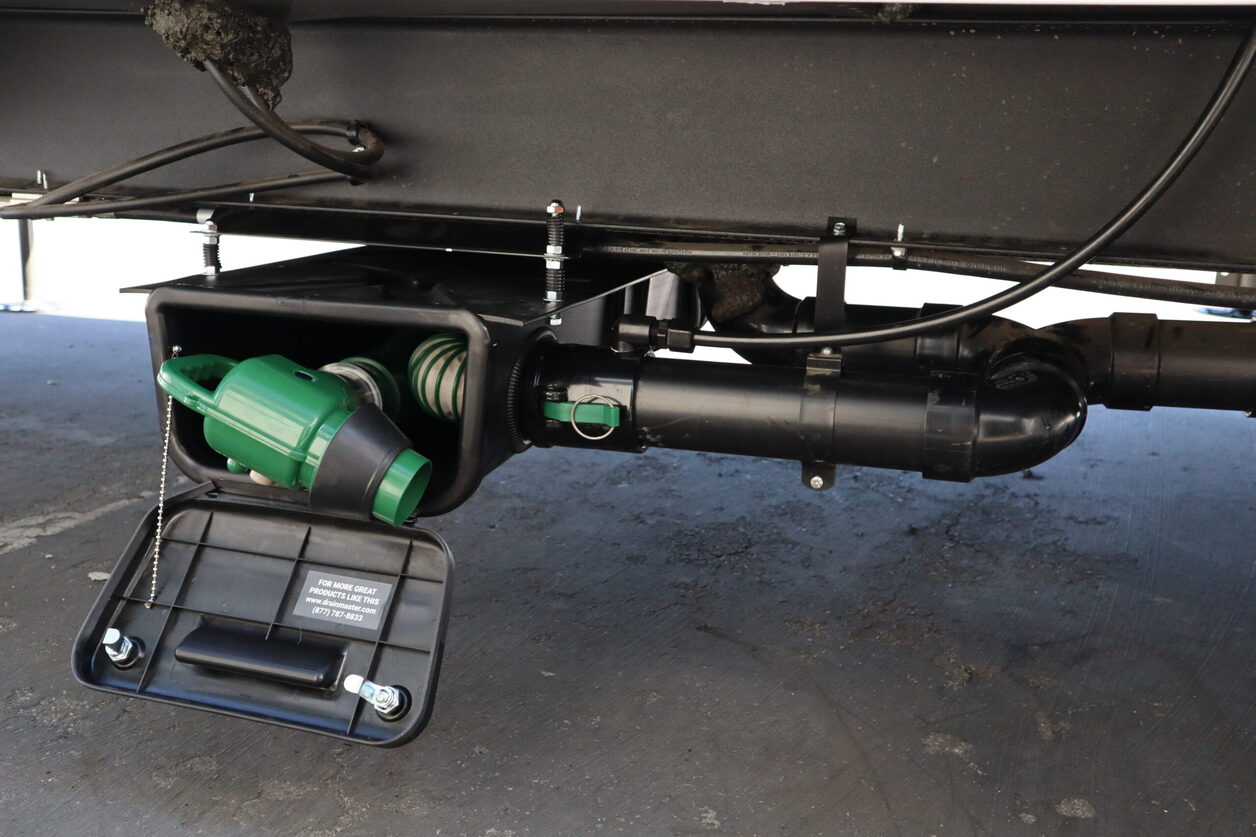

Articles
How To Store Sewer Hose In Rv
Modified: October 20, 2024
Learn how to properly store your sewer hose in your RV with these helpful articles. Keep your RV clean and organized with these storage tips.
(Many of the links in this article redirect to a specific reviewed product. Your purchase of these products through affiliate links helps to generate commission for Storables.com, at no extra cost. Learn more)
Introduction
How to Store Sewer Hose in RV
When it comes to RV camping, one of the less glamorous but essential aspects to consider is the management and storage of the sewer hose. As an integral part of the RV waste system, the sewer hose plays a vital role in ensuring a clean and sanitary experience during your travels.
Properly storing the sewer hose is not only crucial for hygienic reasons but also for convenience and ease of use. A well-maintained and organized sewer hose can save valuable time and prevent unnecessary messes when it comes time to empty your RV’s holding tanks.
In this article, we will guide you through the step-by-step process of how to store a sewer hose in your RV. By following these tips, you will ensure that your sewer hose stays clean, protected, and easily accessible whenever you need it.
Key Takeaways:
- Properly storing your RV sewer hose is crucial for cleanliness and convenience. Follow these steps to clean, choose a storage method, and maintain your hose for hassle-free RV adventures.
- Consider investing in dedicated storage solutions and accessories to keep your sewer hose organized, protected, and easily accessible. Choose a convenient location and maintain the hose for optimal performance and longevity.
Read also: 11 Best Rv Sewer Hose Storage For 2025
Step 1: Clean the Sewer Hose
Before storing your sewer hose, it’s essential to clean it thoroughly to remove any debris, odors, or potential contaminants. Follow these steps to ensure a clean and sanitary sewer hose:
- Rinse with Water: Start by flushing out the sewer hose with a garden hose or RV-specific hose. Use a high-pressure nozzle to thoroughly rinse the inside and outside of the hose, removing any remaining waste and buildup.
- Use a Cleaning Solution: After rinsing, mix a cleaning solution of water and mild dish soap or RV sewer hose cleaner. Fill a bucket or basin with the solution and soak the sewer hose for a few minutes to loosen any stubborn residue.
- Scrub the Interior: Utilize a long-handled brush or a specially designed sewer hose brush to scrub the interior of the hose. Pay close attention to all areas, especially the connectors and fittings, where waste is likely to accumulate. Rinse thoroughly to remove any soap residue.
- Disinfect the Hose: For an added layer of cleanliness, use a sanitizing solution approved for RV use. Spray or wipe down the exterior of the hose, focusing on areas that come into contact with hands or storage compartments. This will help eliminate any potential bacteria.
- Dry Completely: Before storing the sewer hose, ensure it is completely dry. Hang it up or use a drying rack specifically designed for RV accessories to allow air circulation and prevent mold or mildew growth.
By following these cleaning steps, you will maintain a clean and odor-free sewer hose, ready to be stored for future use.
Step 2: Choose a Storage Method
When it comes to storing your sewer hose, there are several options to choose from. The method you select will depend on factors such as the size and length of your hose, space availability in your RV, and personal preference. Here are some common storage methods for sewer hoses:
- Bumper Mount Storage: Many RVs come equipped with a bumper-mounted storage tube, which is an ideal option for storing your sewer hose. These tubes are typically located at the rear of the RV and can accommodate the full length of the hose. Make sure the tube has a secure cap or closure to prevent the hose from sliding out during travel.
- Hose Carriers: If your RV doesn’t have a bumper-mounted storage tube or you prefer a more secure storage solution, consider investing in a dedicated sewer hose carrier. These carriers can be installed underneath the RV or mounted to the rear bumper. They come in various sizes to accommodate different hose lengths and often have additional compartments for storage accessories.
- Custom Storage Compartment: Some RV owners choose to dedicate a specific storage compartment or bin for their sewer hose. This option provides flexibility, allowing you to customize the space to fit your hose and other related items. Ensure the compartment is properly sealed and ventilated to prevent odors and moisture buildup.
- Collapsible Hose Storage: If you have limited space or prefer a more compact storage solution, consider using a collapsible hose and a storage bag. Collapsible hoses are designed to shrink down to a smaller size when not in use, making them easier to store. The storage bag helps protect the hose from dirt and damage when not in use.
- Hose Support and Storage Combo: Some RVers opt for a combination of hose support and storage. These systems typically consist of a hose support rack that keeps the hose elevated off the ground during use and a storage compartment integrated into the support system. This option offers convenience and stability, preventing kinks or sagging in the hose.
Consider your specific needs and the available space in your RV when choosing a storage method for your sewer hose. Whichever option you select, make sure it is easily accessible and provides adequate protection for the hose.
Step 3: Use a Dedicated Sewer Hose Storage Solution
If you want a hassle-free and organized way to store your sewer hose, consider investing in a dedicated sewer hose storage solution. These storage solutions are specifically designed to hold and protect your hose, making it easier to access and preventing any mess or odor inside your RV. Here are some popular options:
- Hose Reel: A sewer hose reel is a convenient storage solution that allows you to wind and unwind the hose quickly and easily. It typically comes with a handle or crank to retract the hose and keep it neatly wrapped. With a hose reel, you can avoid the hassle of manually coiling and uncoiling the hose, saving you time and effort.
- Hose Bag: A hose bag is a simple yet effective solution for storing your sewer hose. It is made of durable material and usually has a zippered closure, providing a protective and compact storage option. Look for a bag that is large enough to accommodate your hose length and consider one with additional compartments for storing accessories like gloves and hose fittings.
- Hose Carrier: A hose carrier is a cylindrical storage tube specifically designed to hold your sewer hose. It is typically made of heavy-duty plastic or aluminum and comes with secure end caps to prevent the hose from sliding out. Hose carriers can be mounted on the exterior of your RV, underneath the RV, or even inside a storage compartment, ensuring easy access and protection from the elements.
- Hose Caddy: A hose caddy is a portable storage solution that allows you to carry and store your sewer hose conveniently. It usually features a handle or shoulder strap for easy transportation and often incorporates a compartment for storing fittings and accessories. A hose caddy is an excellent choice if you need to store your sewer hose outside the RV or if you frequently switch RVs.
- Hose Stand: A hose stand is a helpful accessory for storing your sewer hose while it is in use. It keeps the hose elevated off the ground, preventing damage and allowing for easy draining. Some hose stands also come with storage compartments for storing your hose and accessories when not in use.
By using a dedicated sewer hose storage solution, you can keep your hose organized, protected, and easily accessible whenever you need it. Remember to choose a solution that best suits your RV’s layout and your personal preferences for convenience and functionality.
Step 4: Secure the Sewer Hose Properly
Once you have chosen a storage method for your sewer hose, it’s important to secure it properly to prevent it from shifting or becoming loose during travel. Here are some tips for securing your sewer hose:
- Ensure a Snug Fit: Whether you are using a bumper-mounted storage tube, a hose carrier, or any other storage solution, make sure the sewer hose fits securely inside. This will prevent it from sliding out or getting damaged during transit. If there is any excess space, consider using foam pipe insulation or other padding to fill the gaps and provide a tight fit.
- Secure End Caps: If your storage method has end caps or closures, ensure they are properly secured to prevent the hose from slipping out. Double-check that the caps are tightly sealed and won’t come off during travel. If necessary, use additional fasteners or straps to reinforce the end caps and provide added security.
- Use Bungee Cords or Straps: If you are using a hose carrier or other external storage solution, consider using bungee cords or straps to secure the storage compartment. This will prevent it from accidentally opening or detaching while on the road. Wrap the cords or straps around the storage compartment and attach them to anchor points on your RV to keep everything in place.
- Check for Movement: Before hitting the road, give your sewer hose storage setup a shake or gentle tug to see if it moves or feels loose. If there is any movement, reinforce the connections or adjust the fasteners to ensure a more secure fit. It’s better to double-check and make any necessary adjustments before you start your journey.
- Regularly Inspect and Retighten: As you travel, vibrations and road conditions can sometimes cause the storage method to become loose over time. Make it a habit to regularly inspect and retighten any fasteners or straps, especially during long trips. This will help maintain the security of your sewer hose and prevent any unnecessary mishaps.
By taking the time to properly secure your sewer hose, you can travel with peace of mind knowing that it will stay in place and be ready for use whenever you arrive at your destination.
After emptying and rinsing the sewer hose, store it in a dedicated compartment or storage tube to keep it separate from other items and prevent any contamination. Make sure it is completely dry before storing to avoid mold and mildew.
Read more: How To Store A Hose
Step 5: Consider Using Storage Accessories
When it comes to storing your sewer hose in your RV, there are a variety of storage accessories that can help keep your hose organized and protected. These accessories not only provide convenience but also help extend the lifespan of your sewer hose. Consider the following options:
- Hose Support: A hose support is a handy accessory that keeps your sewer hose elevated off the ground, providing better drainage and preventing potential damage. It ensures a smooth flow and minimizes the risk of clogs. Look for a hose support that is adjustable and easy to set up, allowing you to customize the height and angle to suit your needs.
- Hose Bag or Carrying Case: To keep your sewer hose neatly organized and protected during storage, consider using a specialized hose bag or carrying case. These bags are designed to hold your hose securely and often come with additional compartments for storing fittings, gloves, and other accessories. Look for a bag with durable material and strong zippers for long-lasting use.
- Hose Fittings and Adapters: Using proper hose fittings and adapters can enhance the efficiency of your sewer hose setup. Consider investing in high-quality fittings that provide a secure and tight connection between the hose and the RV sewer outlet. These fittings can help prevent leaks and ensure a smooth and effective waste removal process.
- Gloves and Protective Gear: When handling your sewer hose, it’s essential to protect yourself from potential contaminants and odors. Disposable gloves or reusable rubber gloves are a must-have accessory for maintaining hygiene and preventing the spread of bacteria. Additionally, consider using a dedicated pair of shoes or shoe covers specifically for RV sewer-related activities to avoid cross-contamination.
- Labeling System: If you have multiple hoses for different purposes, such as a sewer hose, freshwater hose, or gray water hose, a labeling system can help you stay organized. Use colored tape or labels to differentiate each hose and clearly mark them for easy identification. This will save you time and prevent mix-ups when setting up your RV’s water and waste connections.
By utilizing these storage accessories, you can ensure that your sewer hose and related items are well-maintained, organized, and easily accessible whenever you need them during your RV adventures.
Step 6: Store the Sewer Hose in a Convenient Location
Choosing a convenient location to store your sewer hose is essential for easy access and practicality. Consider the following tips when deciding where to store your sewer hose:
- Near the Dump Station: Ideally, store your sewer hose in a location that is near the RV’s dump station. This will minimize the distance you need to carry the hose when it’s time to empty your holding tanks. Check the layout of your RV and locate a storage solution that allows for quick and convenient access when you reach the dump station.
- Easily Reachable: Ensure that the storage location is easily reachable for you. Consider factors such as height, accessibility, and ease of handling. If you have physical limitations or prefer not to bend over, choose a storage solution that allows for a more convenient and comfortable retrieval of the hose.
- Protected from Damage: It’s important to store your sewer hose in a location that offers protection from potential damage. Avoid storing it in areas where it can be crushed, pinched, or punctured by other objects or moving parts within the RV. Choose a storage method that keeps the hose secured and shielded from any potential hazards.
- Separate from Clean Items: To maintain cleanliness and hygiene, it’s best to store your sewer hose separately from clean items such as freshwater hoses, electrical cords, or camping gear. Keep in mind any potential odor or contamination that may come from the sewer hose and choose a storage location that minimizes the risk of cross-contamination.
- Consider Weather Conditions: Take into account the weather conditions in the areas you frequently travel to. If you often encounter extreme heat, cold, or heavy rain, select a storage solution that offers protection from the elements. Look for storage options with weather-resistant materials or consider using additional covers or sleeves to shield the hose from harsh weather conditions.
By storing your sewer hose in a convenient and appropriate location, you can save time and effort when it comes to setting up and maintaining your RV’s waste management system. Take these factors into consideration when choosing the best storage spot for your sewer hose.
Step 7: Properly Maintain the Sewer Hose During Storage
Proper maintenance of your sewer hose during storage is crucial to ensure its longevity and performance. Here are some tips to help you maintain your sewer hose:
- Keep it Clean: Before storing your sewer hose, ensure that it is thoroughly cleaned and dry. Any leftover debris or moisture can lead to unpleasant odors and potential damage. If necessary, use a hose brush or pipe cleaner to remove any stubborn residue.
- Inspect for Damage: Regularly inspect your sewer hose for any signs of wear, cracks, or leaks. Check the connectors, fittings, and the entire length of the hose for any visible damage. If you notice any issues, replace the damaged parts or the entire hose if necessary. Regular inspection will help catch potential problems before they escalate.
- Avoid Sharp Bends or Kinks: When storing the sewer hose, ensure that it is not twisted or bent in a sharp angle that may cause kinks. Kinks can restrict the flow of waste and potentially damage the hose. Coil the hose loosely and avoid any sharp bends or kinks that can put unnecessary stress on the hose material.
- Store in a Dry and Ventilated Space: To prevent mold, mildew, or unpleasant odors, store your sewer hose in a dry and well-ventilated space. Avoid storing it in humid or damp areas that can promote moisture buildup. If using a storage compartment, make sure it has proper ventilation to allow for airflow and prevent the growth of mold or mildew.
- Consider UV Protection: If your storage location exposes the sewer hose to direct sunlight, consider using a UV-resistant cover or storing it in a protective bag. Prolonged exposure to the sun’s UV rays can deteriorate the hose material over time. Protecting the hose from UV rays will help extend its lifespan and maintain its structural integrity.
- Rotate the Hose: If you are storing the sewer hose for an extended period, it’s a good idea to rotate it occasionally. This will help prevent any flat spots from developing and ensure even wear on the hose material. Simply uncoil and re-coil the hose in a different pattern or arrangement every few months.
By following these maintenance practices, you can keep your sewer hose in optimal condition during storage and ensure its reliability when you need to use it. Regular cleaning, inspection, and proper storage will help extend the lifespan of your sewer hose and enhance its overall performance.
Conclusion
Properly storing your sewer hose in your RV is an essential part of maintaining a clean, hygienic, and hassle-free RV camping experience. By following the steps outlined in this guide, you can ensure that your sewer hose stays clean, protected, and easily accessible whenever you need it.
Start by thoroughly cleaning the sewer hose to remove any debris and odors. Choose a storage method that suits your RV’s layout and personal preferences, whether it’s a bumper-mounted storage tube, a hose carrier, or a custom storage compartment.
Secure the sewer hose properly to prevent it from shifting or coming loose during travel. Use bungee cords, straps, or fasteners to reinforce the storage method and check for any movement before hitting the road.
Consider using storage accessories like hose supports, carrying cases, and fittings to keep your sewer hose organized and protected. These accessories not only enhance convenience but also contribute to the longevity of your sewer hose.
When selecting a storage location, choose a spot near the dump station for easy access. Ensure that the location is easily reachable, protected from potential damage, separate from clean items, and consider weather conditions to avoid any unpleasant surprises.
Lastly, properly maintain your sewer hose during storage by keeping it clean, inspecting for any damage, avoiding sharp bends or kinks, and storing it in a dry and ventilated space. Rotate the hose occasionally and consider using UV protection if storing it in direct sunlight.
Taking the time to store your sewer hose correctly and maintaining it properly will ensure its longevity and optimal performance. By following these steps, you can have a well-maintained sewer hose ready for use whenever you embark on your next RV adventure.
Frequently Asked Questions about How To Store Sewer Hose In Rv
Was this page helpful?
At Storables.com, we guarantee accurate and reliable information. Our content, validated by Expert Board Contributors, is crafted following stringent Editorial Policies. We're committed to providing you with well-researched, expert-backed insights for all your informational needs.
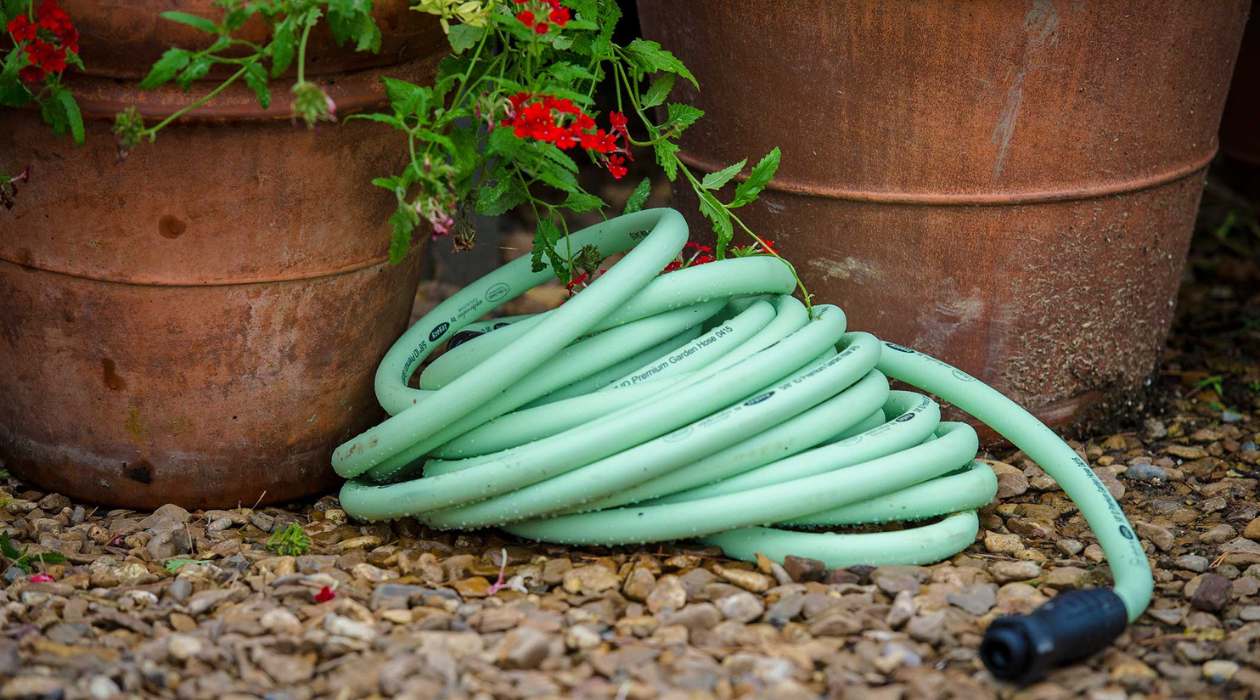
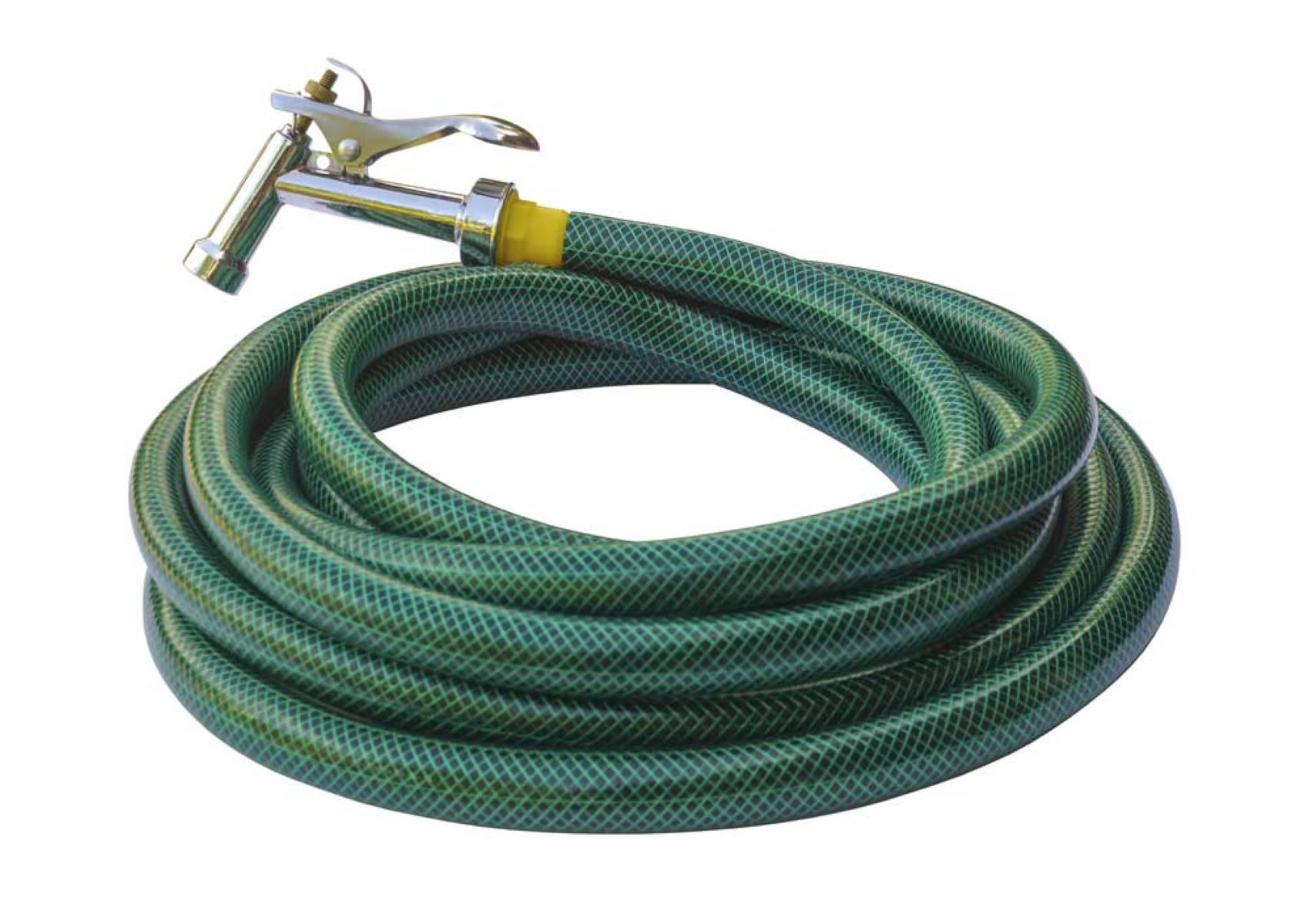
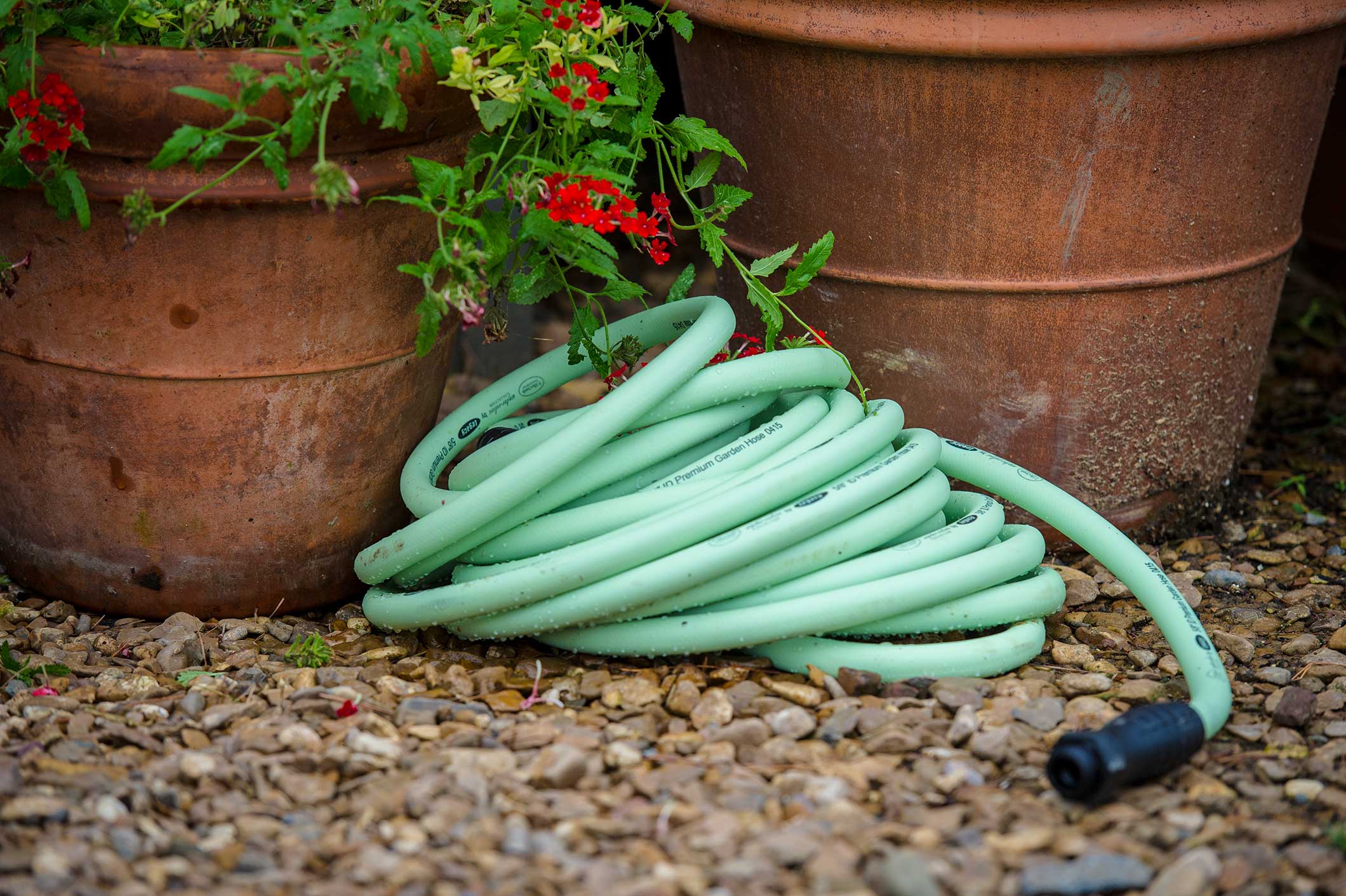
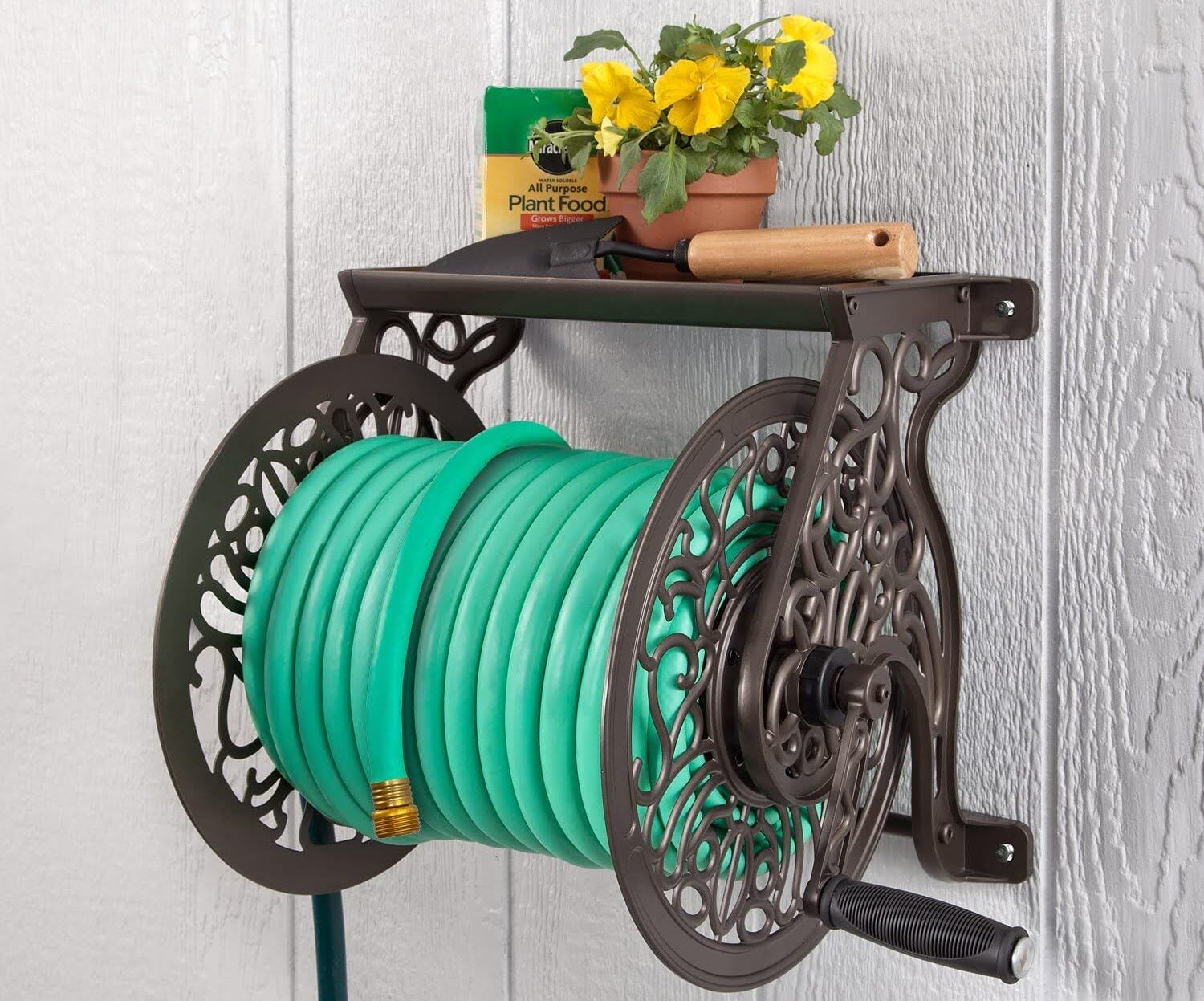
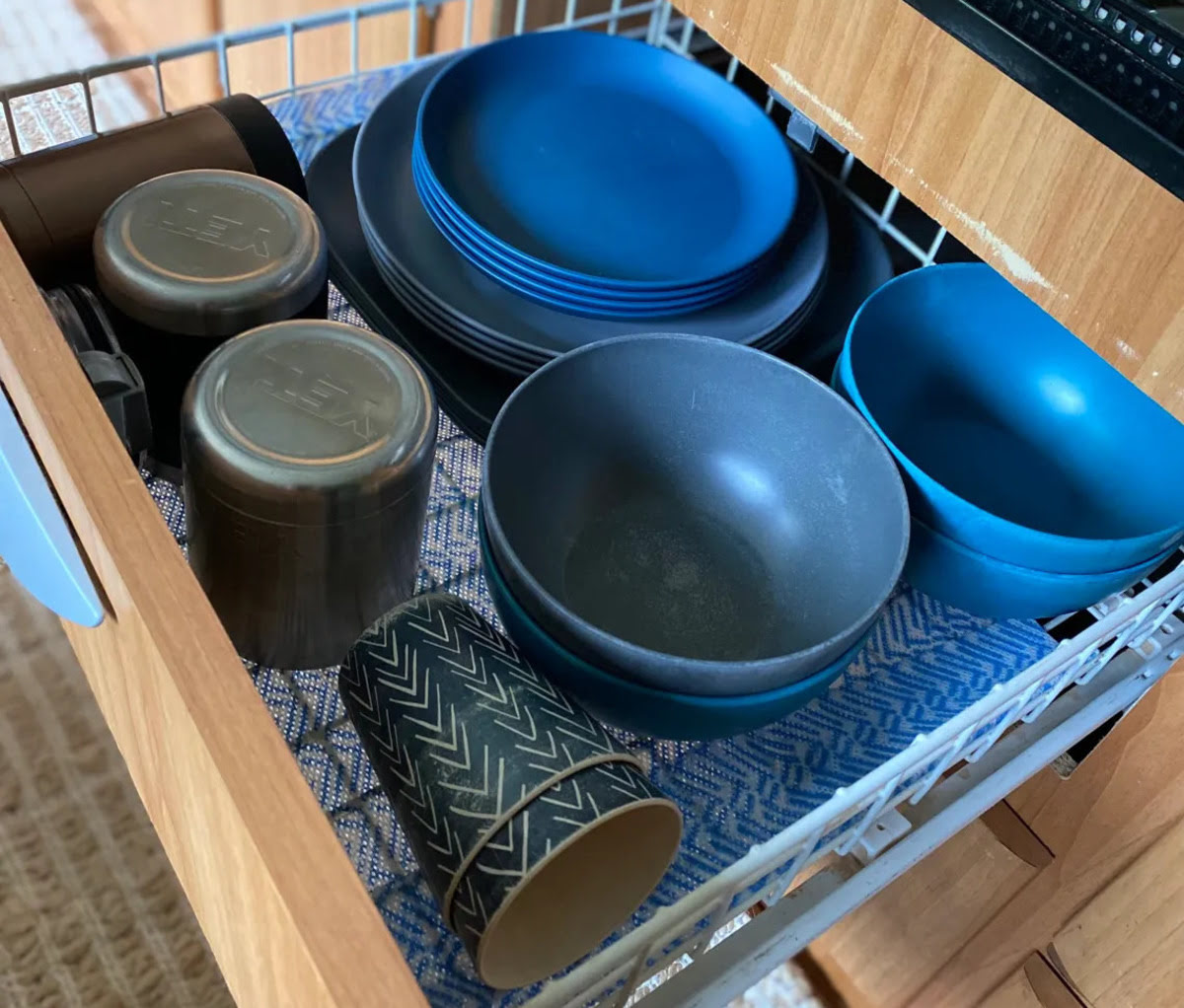
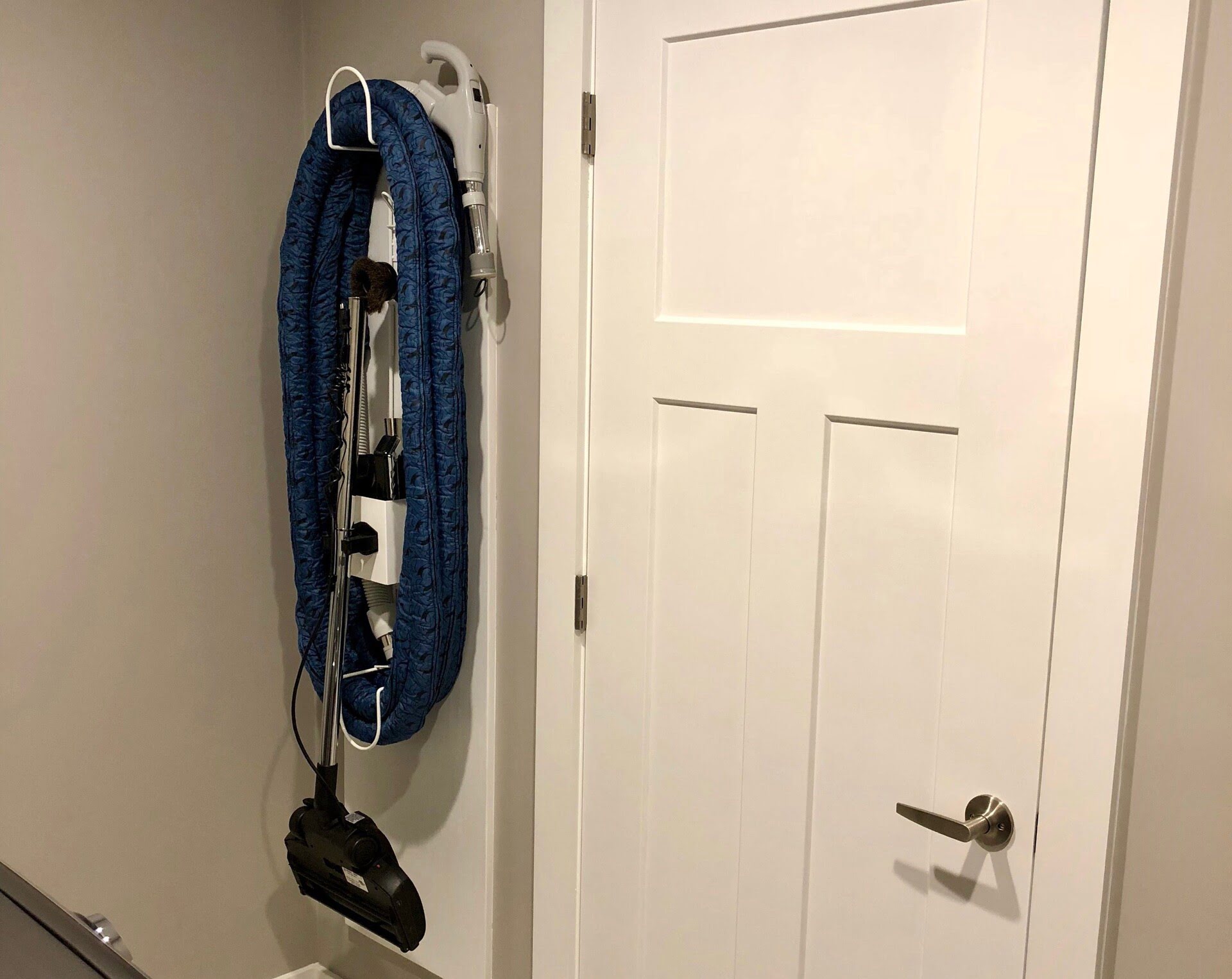
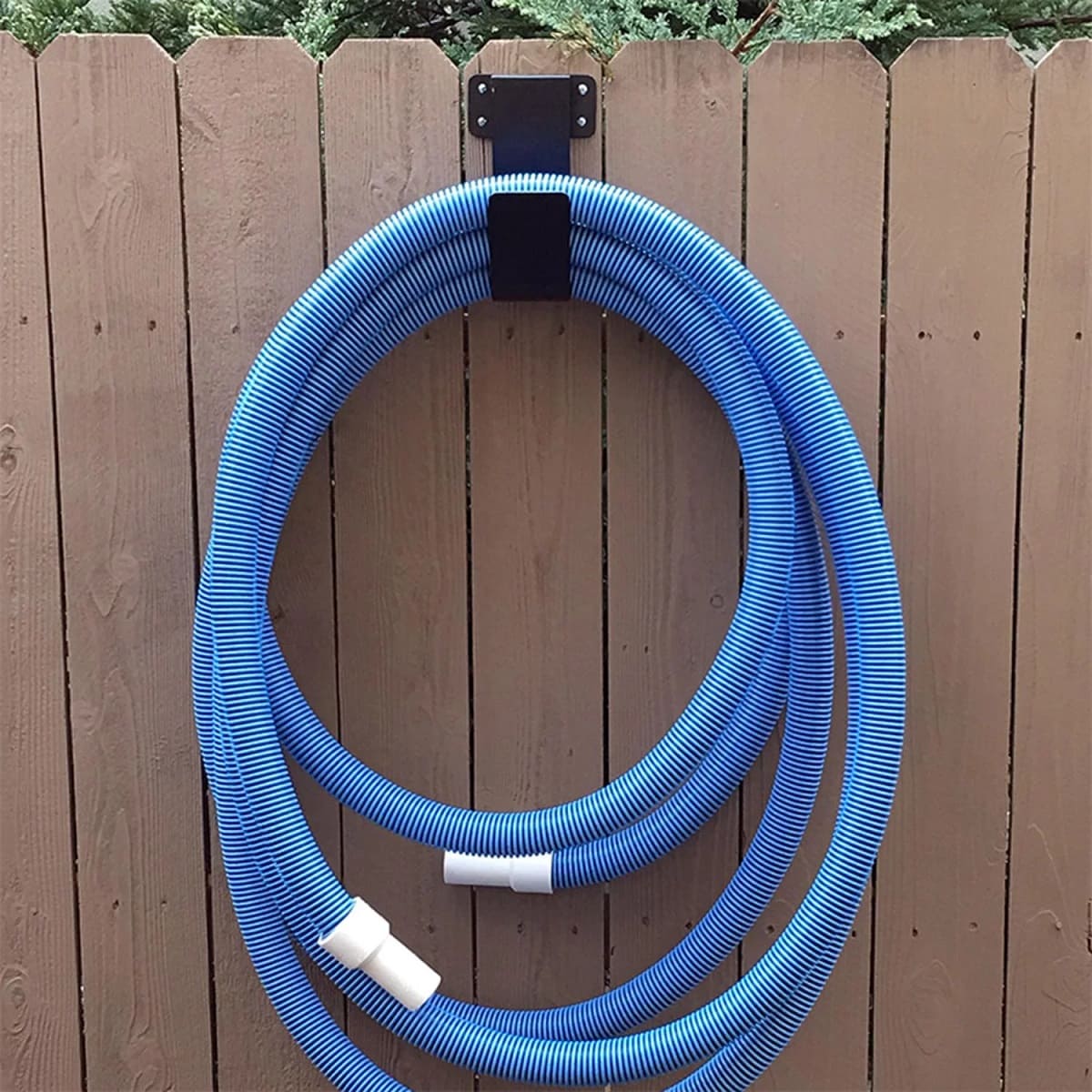
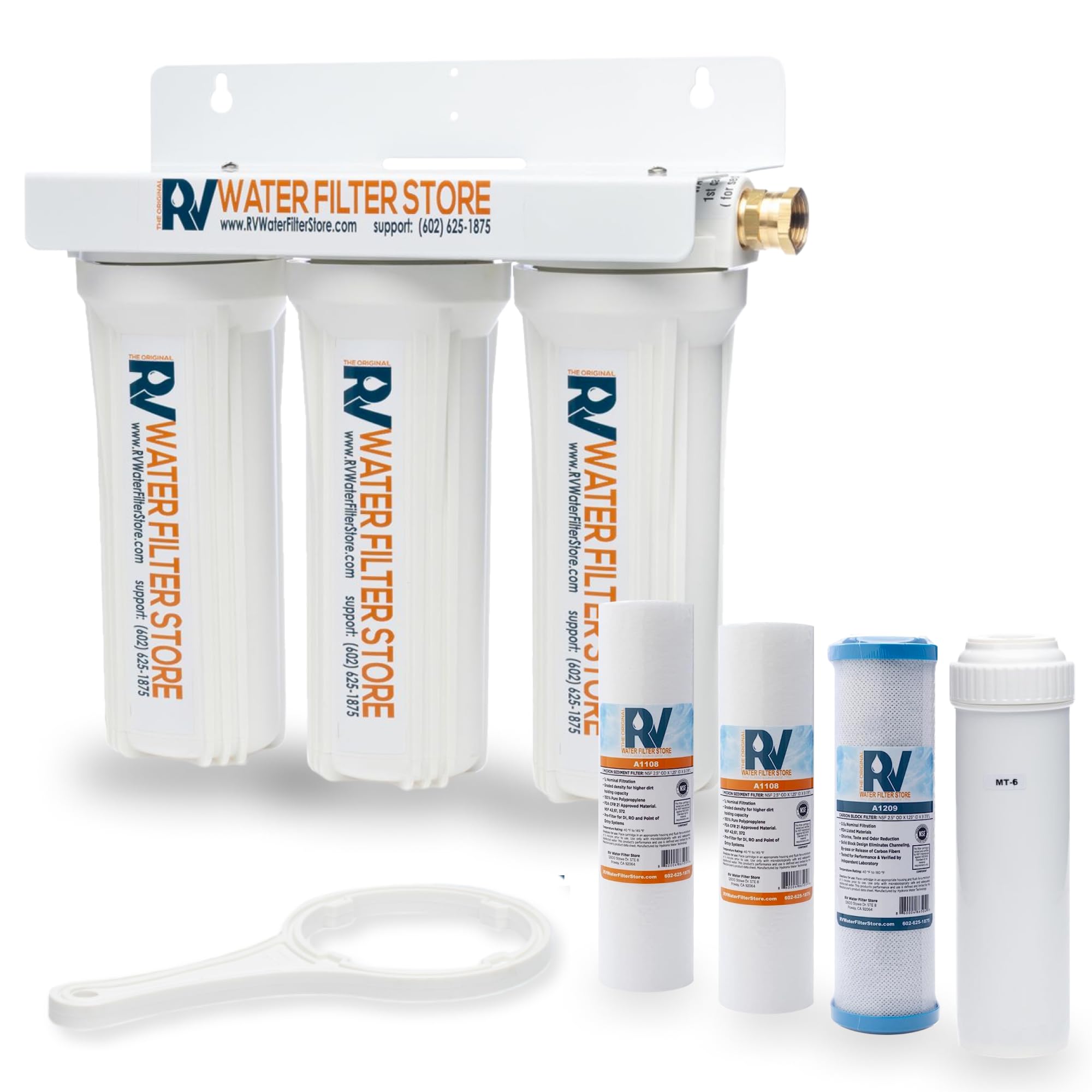
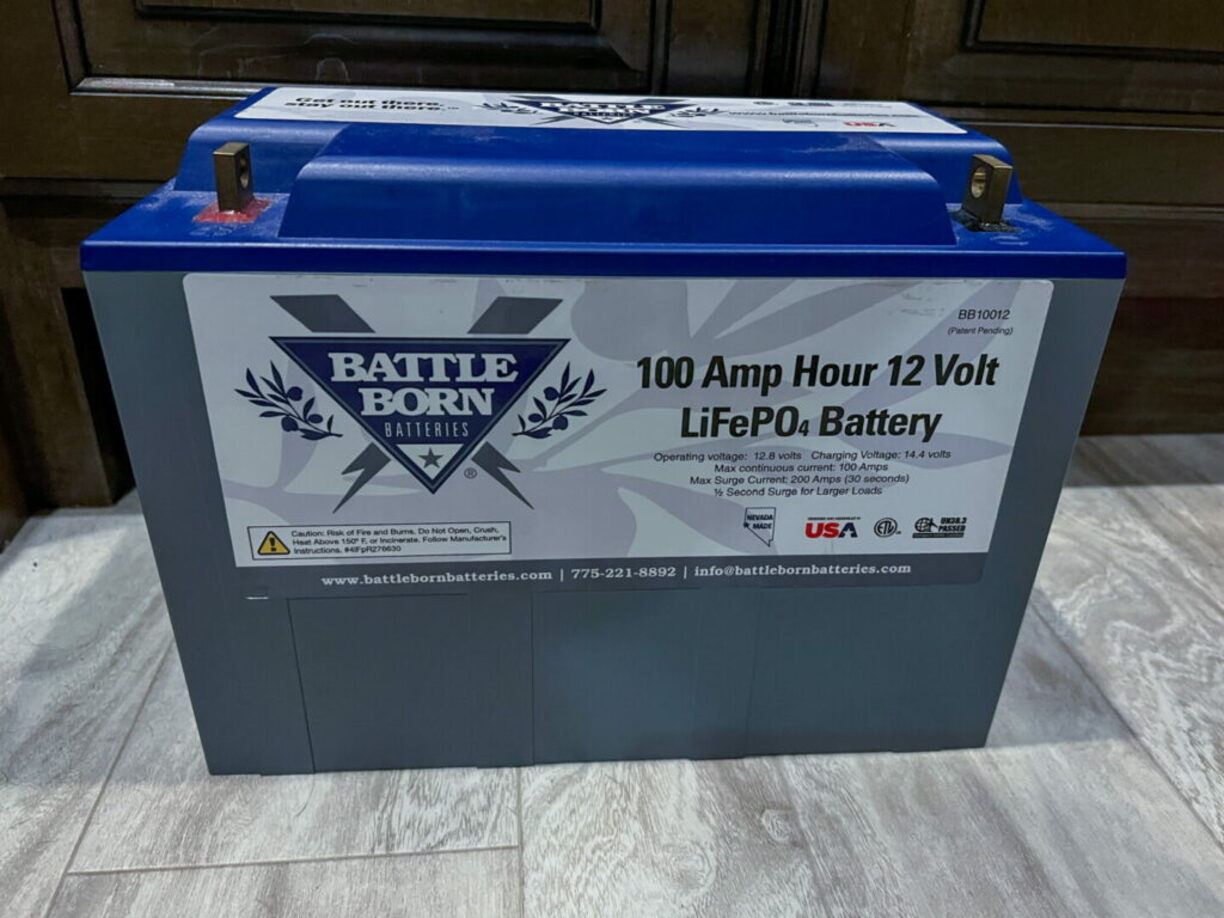
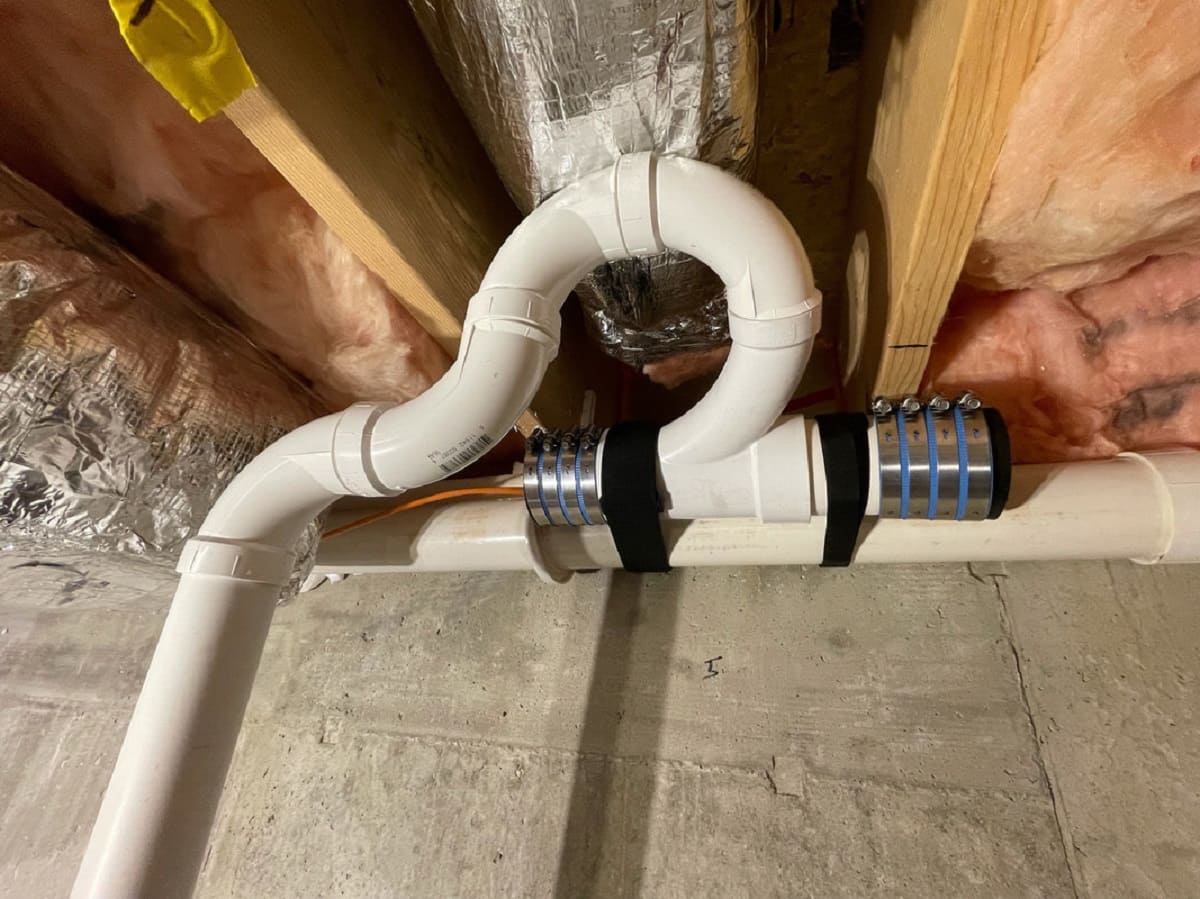

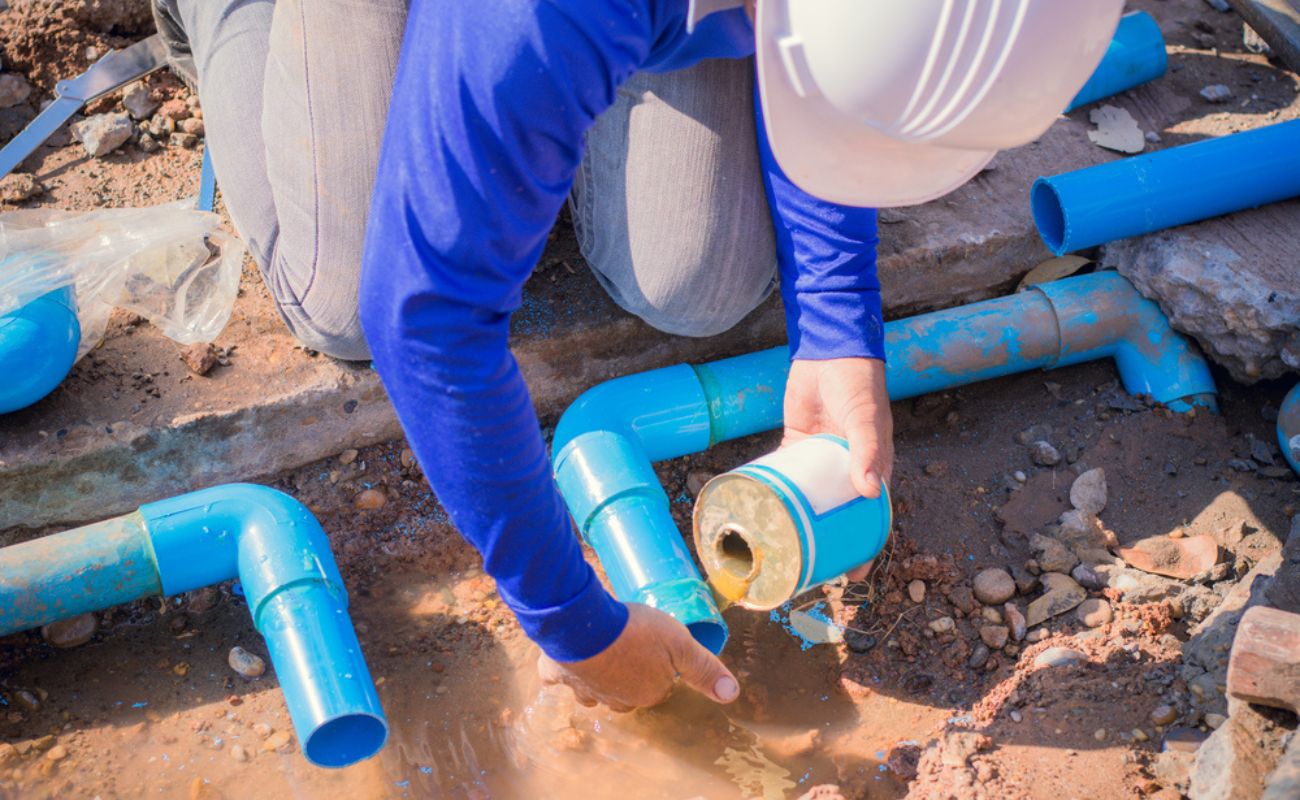

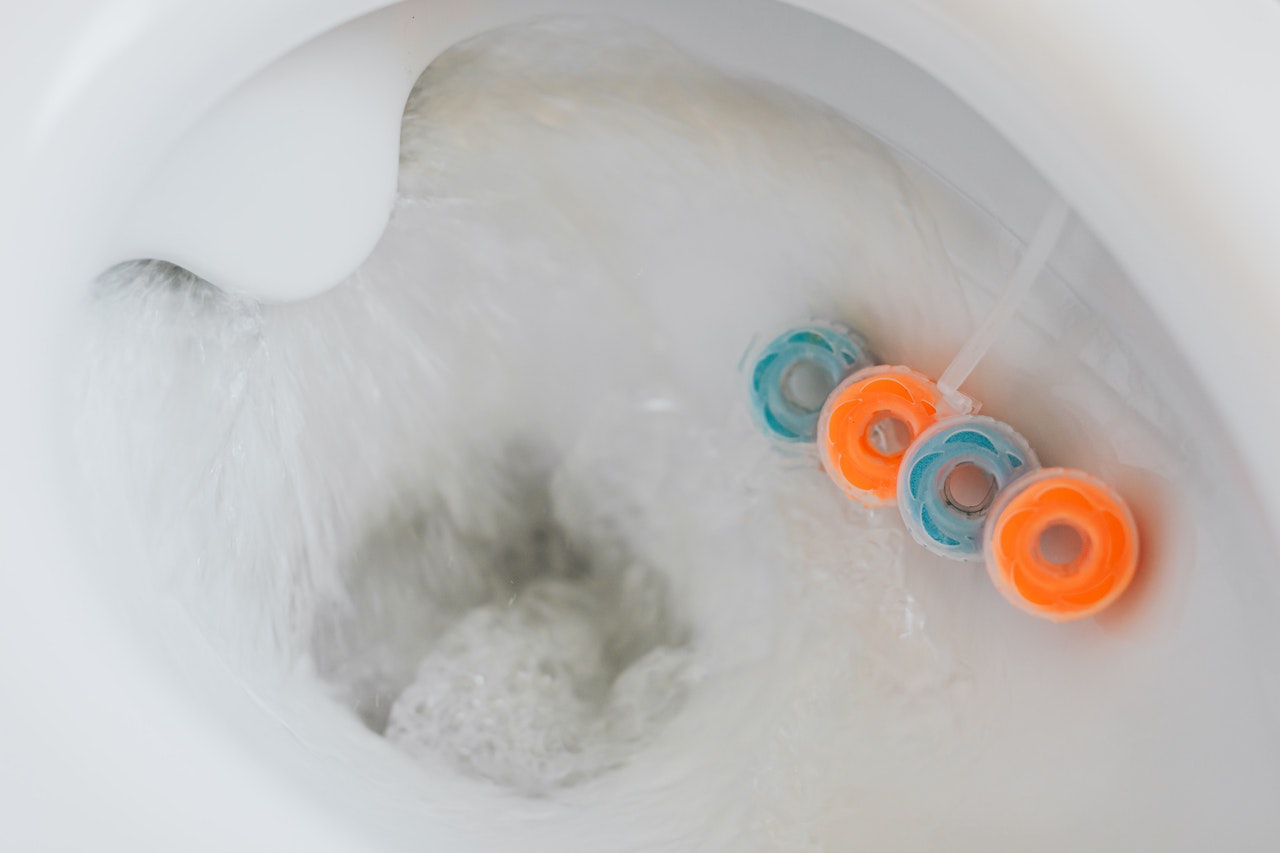

0 thoughts on “How To Store Sewer Hose In Rv”